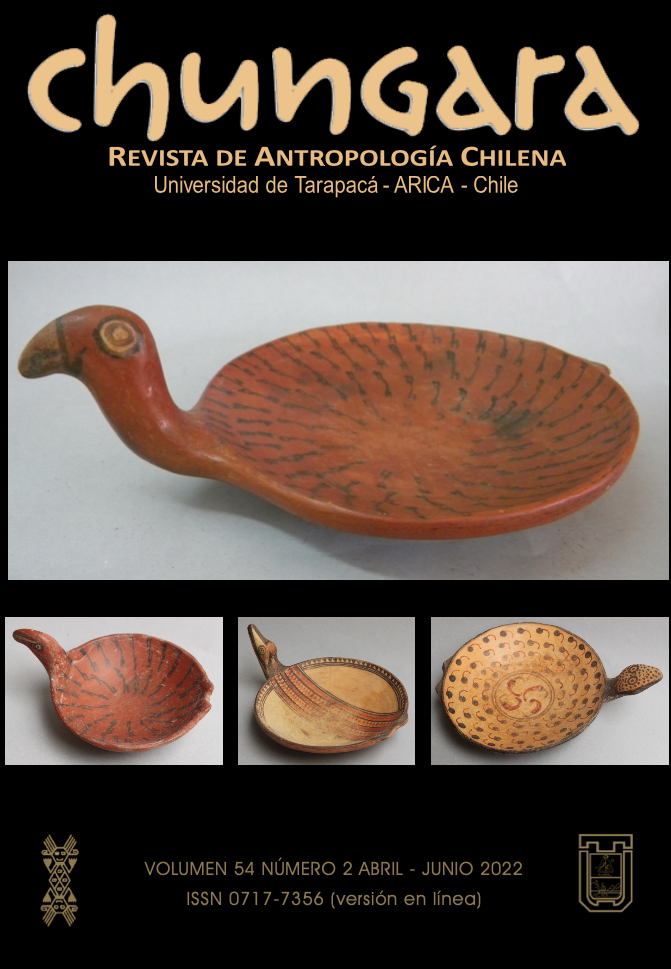LAS CAJAS DE SANTOS AND THEIR RELATIONSHIP WITH THE CIRCUITS OF THE MEMORY (ESTACIÓN SAN PEDRO)
LAS CAJAS DE SANTOS Y SU RELACIÓN CON LOS CIRCUITOS DE LA MEMORIA (ESTACIÓN SAN PEDRO)
María Carolina Odone Correa
This work refers to the San Antonio de Padua wooden boxes existing in San Pedro Estación or San Pedro Station (Cuenca San Pedro-Inacaliri, II region, Antofagasta, Chile). The article is inserted in the current discussion about the social life of objects, being ethnography, visuality and ethnohistory the access doors to account for these portable drawers and their links with ancient and current circuits of people, memories and stories diverse and shared. The portable drawer is explored in both Eu- ropean manufacturing and its insertion in the Southern Andes, acquiring its own characteristics in both Bolivia and Peru. It is recognized how the boxes of saints arrived at San Pedro Estación, giving an account of their links and significant relationship with the circuits of memory, their travels, the past, the present and the cosmological.






